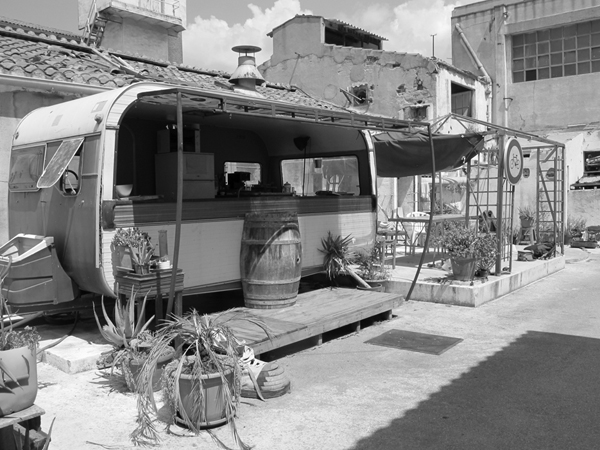······································································· Roulotte:10
······································································· An Echo Without a Medium. Benjamin Tiven
······································································· Maids Rooms. Daniela Ortiz
······································································· 48 Heads From The Merkurov Museum. Anna Artaker
······································································· Las Autovías. Pedro G. Romero / Archivo FX
······································································· Doppelgänger Goldfinger. Dani Montlleó
······································································· Street Museum. Yona Friedman
·······································································
Buy Roulotte:10
Shipping included
Roulotte:10
At this stage of the historiographical twist, it is no longer surprising that artistic practices suggest we make a shift towards the past loaded with documents. In any case, it would be too superficial to interpret this shift as merely turning art into a peculiar technique of historical research. As a matter of fact, it would almost be more accurate to say that this proliferation of documents has a clear vocation against history seen as a continuum that progresses from a remote source to our days. Indeed, what documents allow is precisely a way to shatter or bust the linear story until time becomes the heterogeneous space of a break-up.
Documentary collections do not guarantee an objective way back to recover memory but, on the contrary, documents emerge as an accident, an interruption from outside the linear course of events that harbours a special interest precisely because this allows one to acknowledge a certain degree of strangeness in the past that clashes head on with the present. Documents thus release history from memory, and thus its main effect shamelessly opens the wounds of our time.
(December, 2013)
